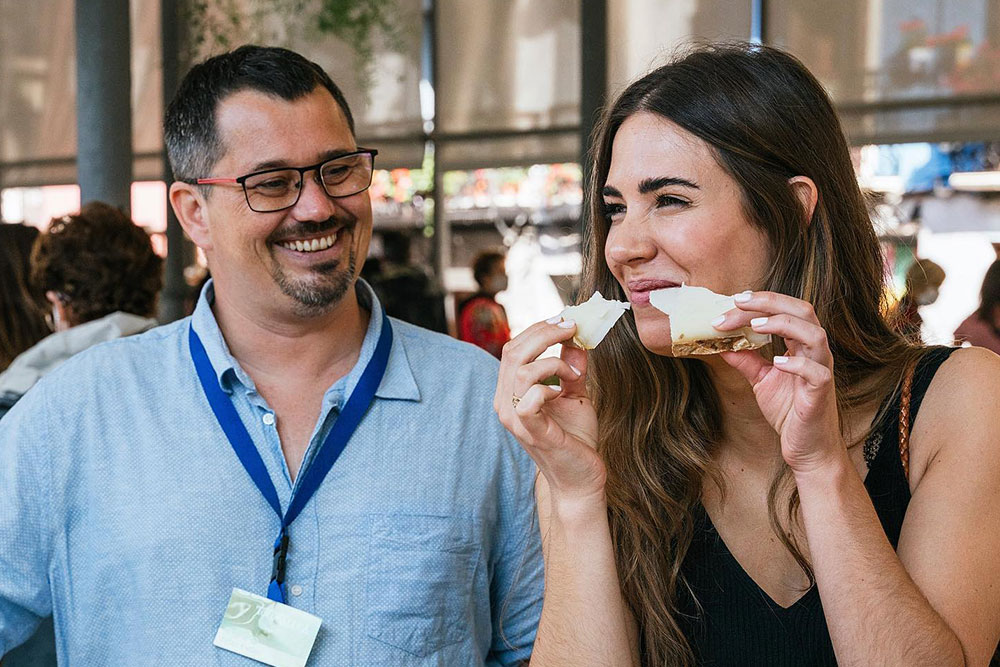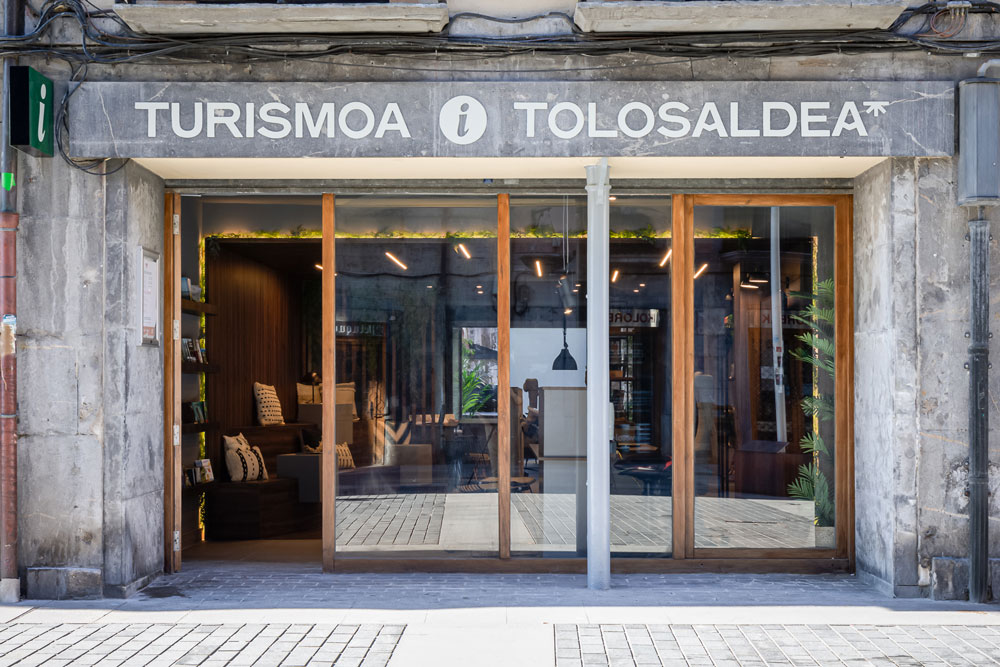← Back to all news
Abaltzisketa · Amezketa · Lizartza | Uncategorized
RURAL CARNIVAL: THE LESS KNOWN SIDE OF THE CARNIVAL OF TOLOSALDEA
Read more
Tolosaldea is known worldwide for its famous carnivals, especially for the colourful and spectacular Tolosa carnival. But, in addition, in our region there are other types of carnivals.
These are carnivals linked to old traditions that preserve the essence of rural villages.
These rural carnivals, which are celebrated in several villages in Tolosaldea, have their own character: they go from farmhouse to farmhouse collecting pieces, they perform dances with sticks that shake the ground, and they have unique characters inherited from the past.
For those who want to know a different dimension of the Carnival, they are a unique experience.
Lizartza:Captains,HorsemenandEspencieros
The rural carnival of Lizartza was revived in 1955, and today it remains an important local custom. On Saturday, February 22, the entire group goes through the farmhouses, the group of dancers, the captain, the sergeant, the horseman and the espenciero (waiter).
On Sunday, February 23, carnival dances are held in the square.
The dantzaris of Lizartza dress in white, with large coloured scarves and berets, belts and red ribbons. The Ihaute dantza performed by the Otsolar dance group is the characteristic element of the local carnivals.
Amezketa:TalaiDantzaris,Heritagerecovered50yearsago.
The rural carnivals of Amezketa were revived in 1976 with the help of the neighbours. This is a dance that was performed before the war, which was stopped during the war years and which was barely maintained during the Franco regime for several years, but which was interrupted for a few years until it was revived in 1976. This year 2025 marks 50 years since the resurrection of the tradition and more dancers than ever are expected at the celebration.
On March 1 and 2 they will go around the hamlets collecting “puskas”. One group towards Bedaio and another towards Arrondo, San Martín and Altunegi. On Sunday, from Ugarte to Amezketa by one group and the other through the Zubillaga neighbourhood. Towards mid-morning they can be seen in the village of Amezketa.
It is a fast and cheerful dance of sticks, dressed in denim trousers, white shirts, sandals and coloured scarves. Some wear black berets and others red decorated caps (some of which were revived in 2019 as a nod to the traditional costume). Although they originally went out in other clothes, when it was revived the clothing was simplified and Amezketa has managed to boost participation. They manage to get around thirty dancers out every year.
The talai dantzaris bring the customs of yesteryear to the square.
Abaltzisketa:TheMagicoftheTxantxosandtheCollectionofPuskas
The txantxos have been going out every year in Abaltzisketa since 1989, but it is known that there were already some in 1930, but what is not known is how long this tradition has been going on. On March 2 at 8 in the morning they begin to collect the “puskas” or donations from farmhouse to farmhouse, starting on the side of Orendain and continuing in the afternoon towards Larraitz.
The txantxos’ costumes are special: white shirt and trousers, decorated with ribbons, a red sash, two coloured shawls on the shoulders and the characteristic red beret. The costume, the basket-maker and the accordionist are also included in the group. If not, who will sweep the broom before dancing? Who collects the puskas in the basket? What music would they dance to?
Importance and Survival of the Rural Carnival
Although each town has its own peculiarities, the rural carnival is a celebration that strengthens the ties between neighbours. It strengthens the relationships between different generations and allows the dances that are the pillar of Basque culture to be taken out onto the streets.
The carnivals of Tolosaldea are not only experienced in the streets of the town of Tolosa: they are also danced on the slopes of Aralar and on the banks of the Araxes river, filling the doorways of farmhouses with colour.
Don’t miss these very special carnivals! See the agenda and experience the Basque tradition in its purest essence.
Photos: Tolosaldeko Ataria, Tokikom and Dantzan.eus

















